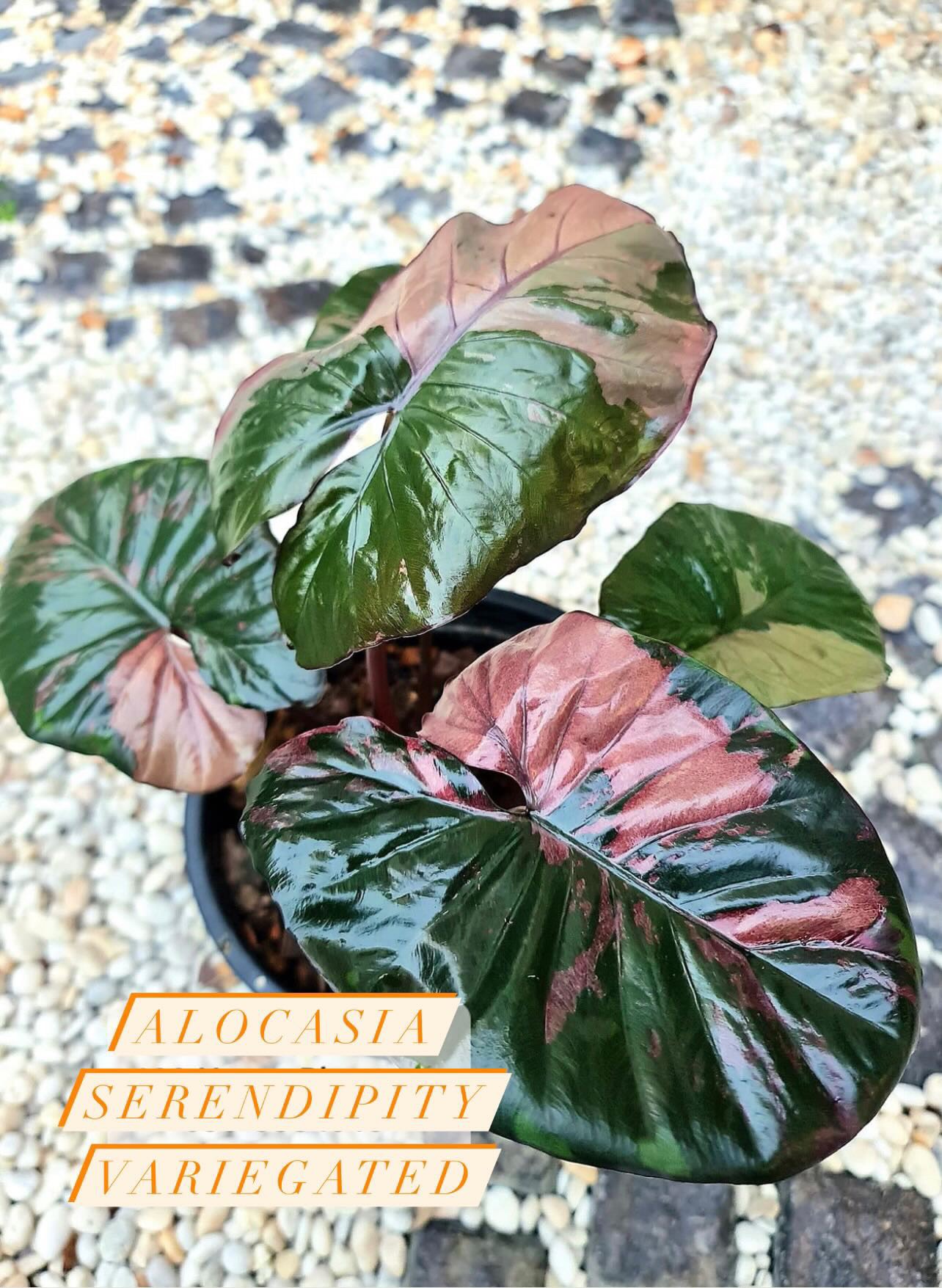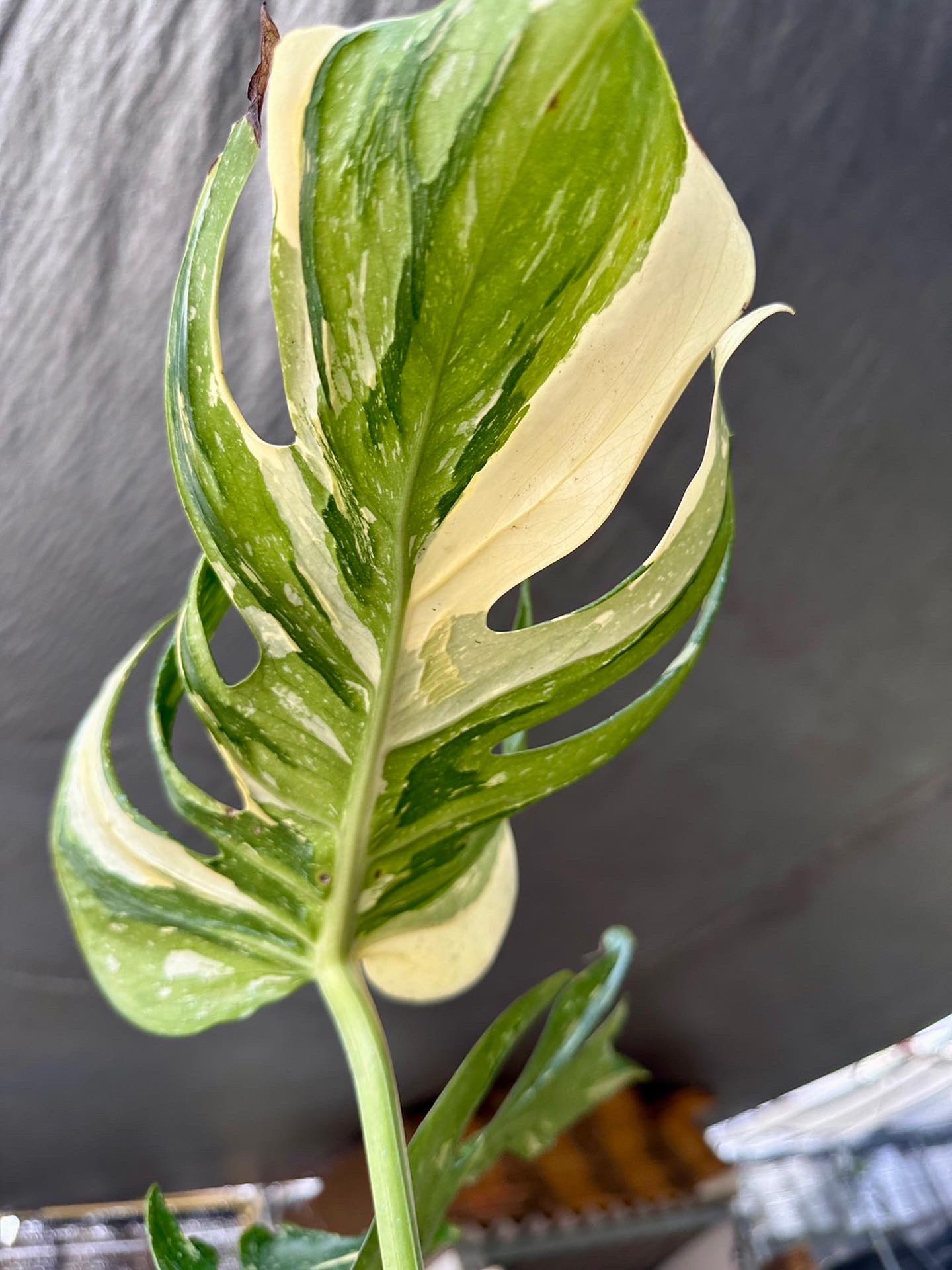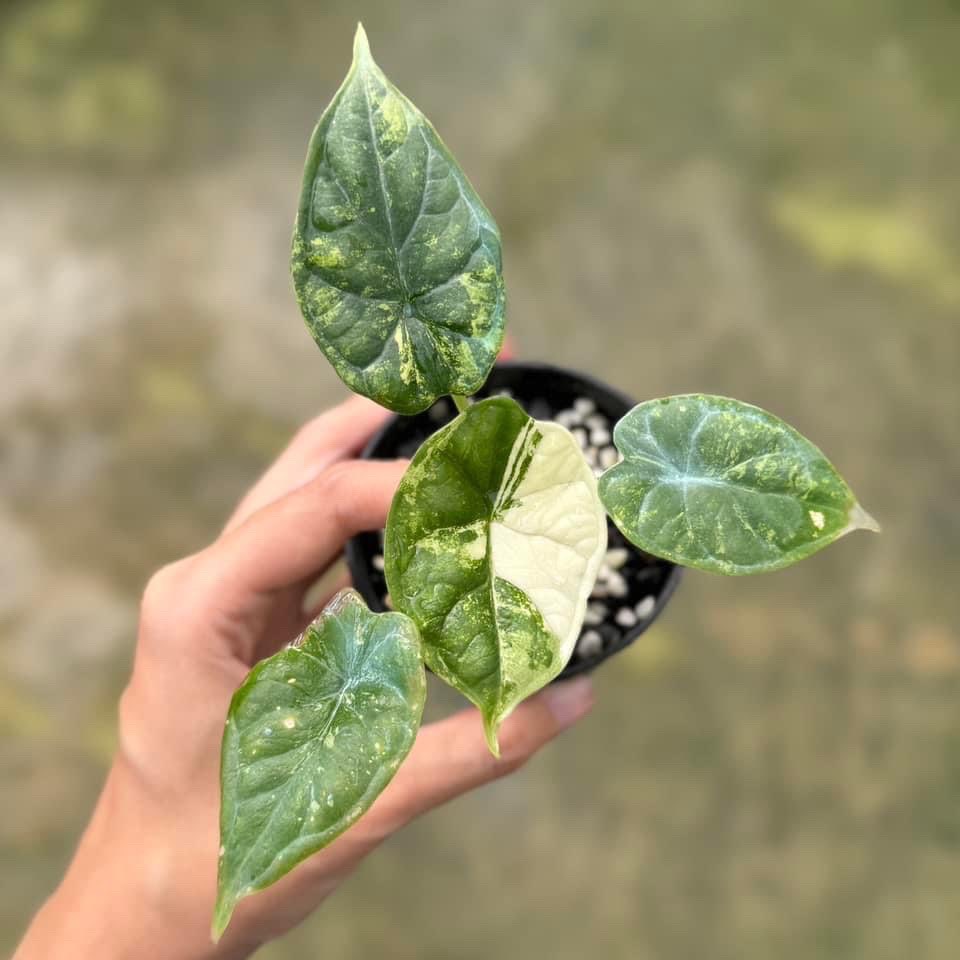Variegated plants, which have leaves with different colored patches or edges, are quite beautiful and unusual. However, they tend to be rare and more expensive than normal, solid green leaf plants. There are a few key reasons why variegated plants are not more common.

Variegated Plants Have Lower Photosynthetic Ability
How Variegation Affects Photosynthesis
The white or yellow patches on variegated plant leaves contain little to no chlorophyll, the green pigment plants use to convert sunlight into energy through photosynthesis. With less leaf surface area capable of photosynthesis, variegated plants generate less energy and grow slower. They are able to survive but at a disadvantage compared to plants with normal, green leaves.
Examples of Growth Impact
Some intensely variegated plants, especially those with white patches rather than yellow, grow extremely slow. For example, variegated monstera deliciosa, a popular houseplant, can take many years to reach maturity compared to a couple years for the normal green form. Other variegated plants like calatheas and nerve plants grow at more moderate speeds but still slower than their green counterparts.

Variegated Mutations Are Relatively Rare
Low Frequency of Occurrence
The variegated form of most plants arises due to random genetic mutations, not the typical genes carried by the species. These mutations happen occasionally by chance within a small subset of the population. Most plants continue generation after generation producing normal green leaves, while just a few have variegated mutants.
Requires Human Intervention
If left to grow on their own, the relatively weaker variegated mutants would likely die off and disappear from the population. Their propagation relies on human horticulturalists identifying and selectively breeding the variegated individuals to produce more. So the rarity of finding variegated plants in nature is compounded by the need for human intervention to preserve the unusual mutations.

List of the most sought after Rare Variegated Plants in 2023
Challenges for Nurseries to Produce Variegated Plants
No Guarantee of Mutations
Since variegation arises randomly, there is no reliable way for plant producers to generate new variegated varieties. They cannot simply choose to propagate more blueberry shrubs or philodendrons with white-edged leaves. It requires luck for the mutations to spontaneously occur in their inventory first. Even breeding two variegated plants does not guarantee variegated offspring.
Difficulties Rooting Variegated Cuttings
Nurseries that acquire a variegated plant can face issues getting it to root or grow vigorously by cuttings. The lack of chlorophyll and high concentration of other pigments make propagation more difficult. Success rates tend to be lower for rooting variegated stem cuttings compared to normal green cuttings. After rooting, the slower growth presents challenges as well.

Higher Production Costs for Variegated Plants
Slow Growth Requires More Time
The inherently slow growth rate of variegated plants necessitates nurseries invest more time and inventory space. It takes longer reaching a commercially saleable size. Plants spend more time in nursery pots before retailers can sell them, tying up valuable nursery space in the process. All of that cuts into potential profits compared to quick-growing alternatives.
Require More Care and Attention
In addition to patience allowing variegated plants to grow, they require extra care to look their best. Workers must be diligent to ensure the plants receive adequate light but not so much that leaves burn. Supplemental fertilization is often needed to aid the weaker variegated plants too. Those added efforts further drive up production expenses.
Demand Exceeds Supply for These Special Plants
Unusual Beauty Attracts Plant Enthusiasts
The vibrant, multicolored foliage of variegated plants is visually striking and unique. The eye-catching aesthetics draw the interest of many houseplant hobbyists always seeking rare botanical curiosities. As word spreads on social media about the latest hard-to-find variegated plant, demand soars well beyond what sellers can keep in stock.
Willingness to Pay Higher Prices
Those captivated by variegated plant beauty tend to willingly pay big markups. Prices often far exceed that of similar common green plants. Customers recognize the higher production costs nurseries incur and the difficulty obtaining these not-so-ordinary plants. New variegated plant introductions frequently sell out instantly, even at premium prices.
Conclusion
In summary, variegated plant rarity originates from their random genetic mutations, weaker photosynthetic ability, and the many hurdles for nurseries to propagate these slower-growing varieties cost-effectively. Coupled with high enthusiasm from houseplant collectors, it leads to very limited supply struggling to keep up with demand. All combined, these reasons give rise to their exceptionally high prices compared to ordinary green leaf plants.
FAQ
- What are variegated plants, and why are they considered rare? Variegated plants are characterized by leaves or other plant parts that display different colors or patterns. They are considered rare because the occurrence of variegation is relatively uncommon in the plant kingdom.
- What causes variegation in plants? Variegation can result from genetic mutations or environmental factors. Genetic variegation is hereditary, while environmental variegation may be temporary and caused by factors like sunlight or nutrient availability.
- Why do variegated plants cost more than non-variegated ones? Variegated plants are often more expensive due to their rarity and the challenges associated with propagating them. Maintaining the variegated traits through propagation can be tricky, making them more valuable to collectors.
- Are variegated plants more difficult to care for than regular plants? Variegated plants can be slightly more challenging to care for because their variegated parts may have different needs than the non-variegated parts. However, with proper attention to their specific requirements, they can thrive just like regular plants.
- Can I encourage variegation in my plants, or is it purely a matter of luck? While genetic variegation is primarily a matter of luck and genetics, you can influence environmental variegation by carefully controlling factors like light and nutrition. However, the results may vary, and not all plants will develop variegation in response to these conditions.

